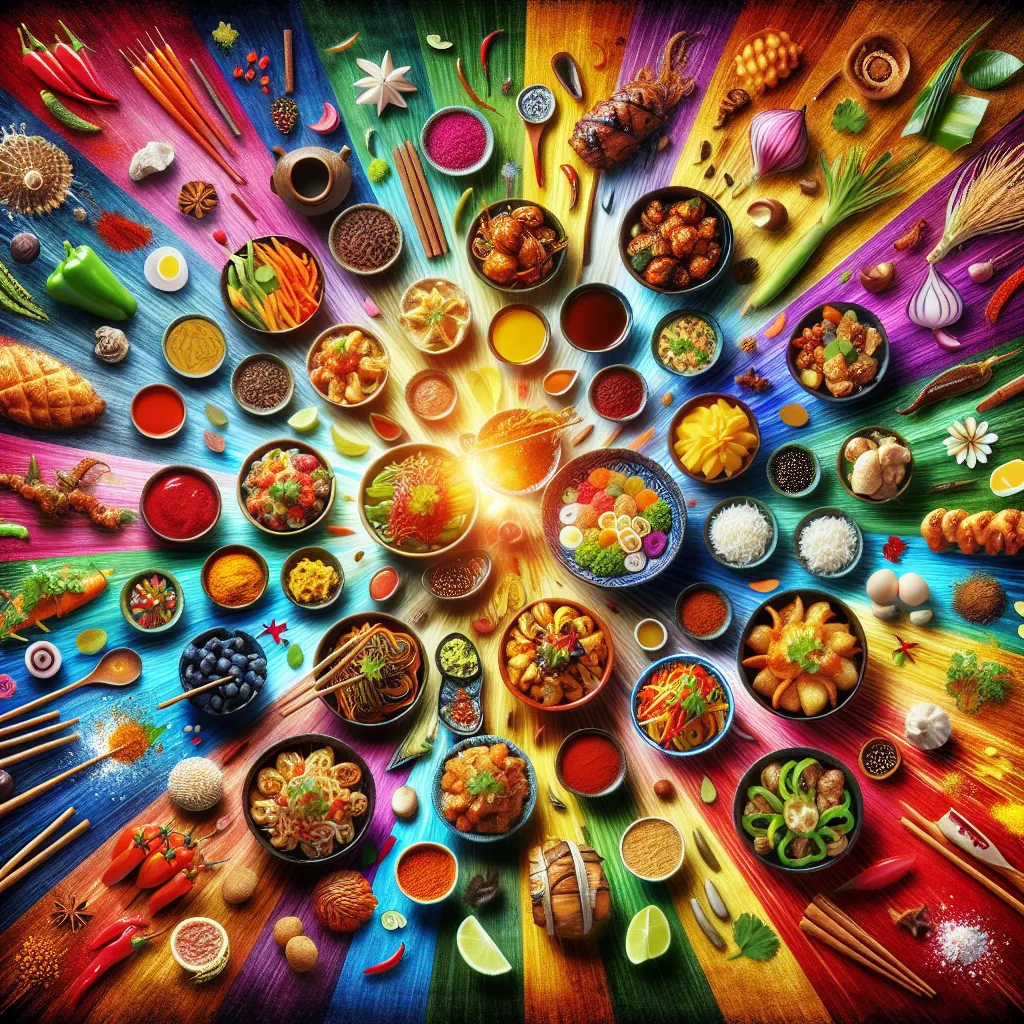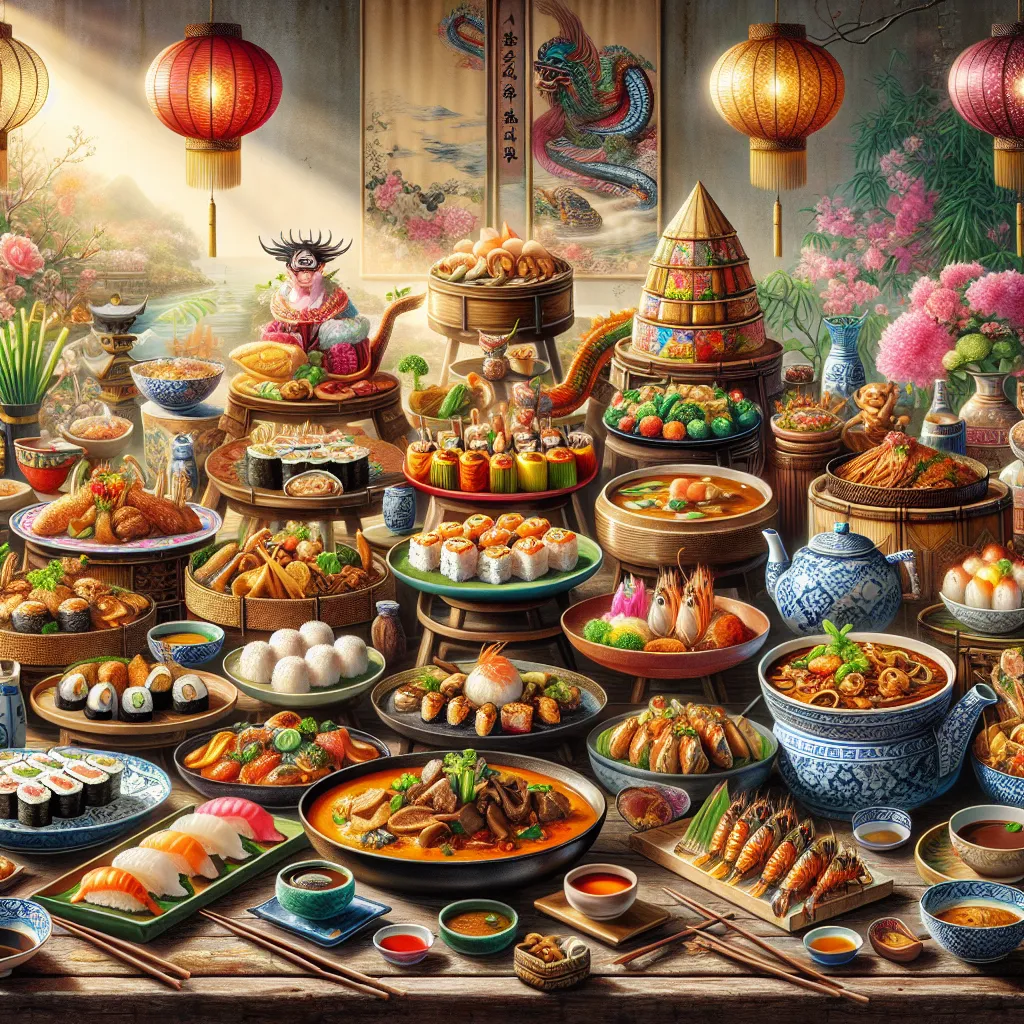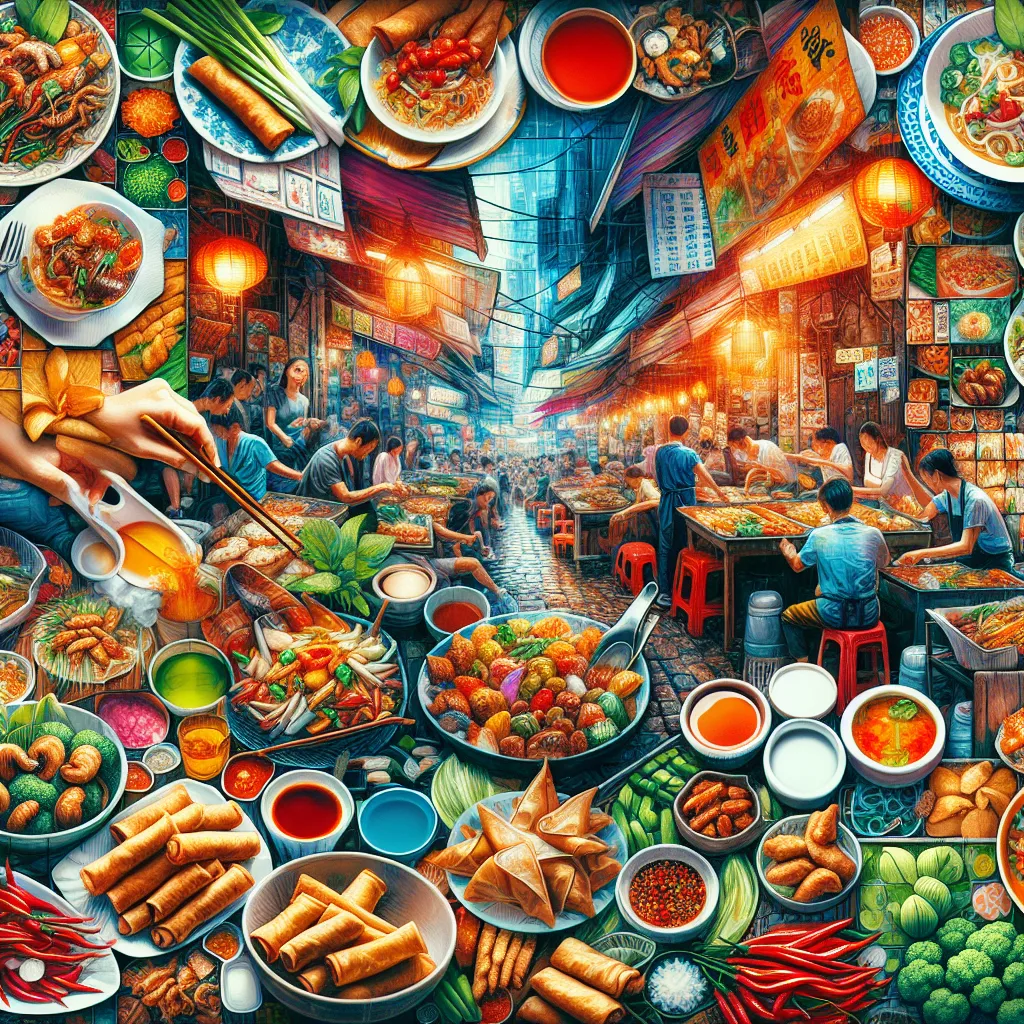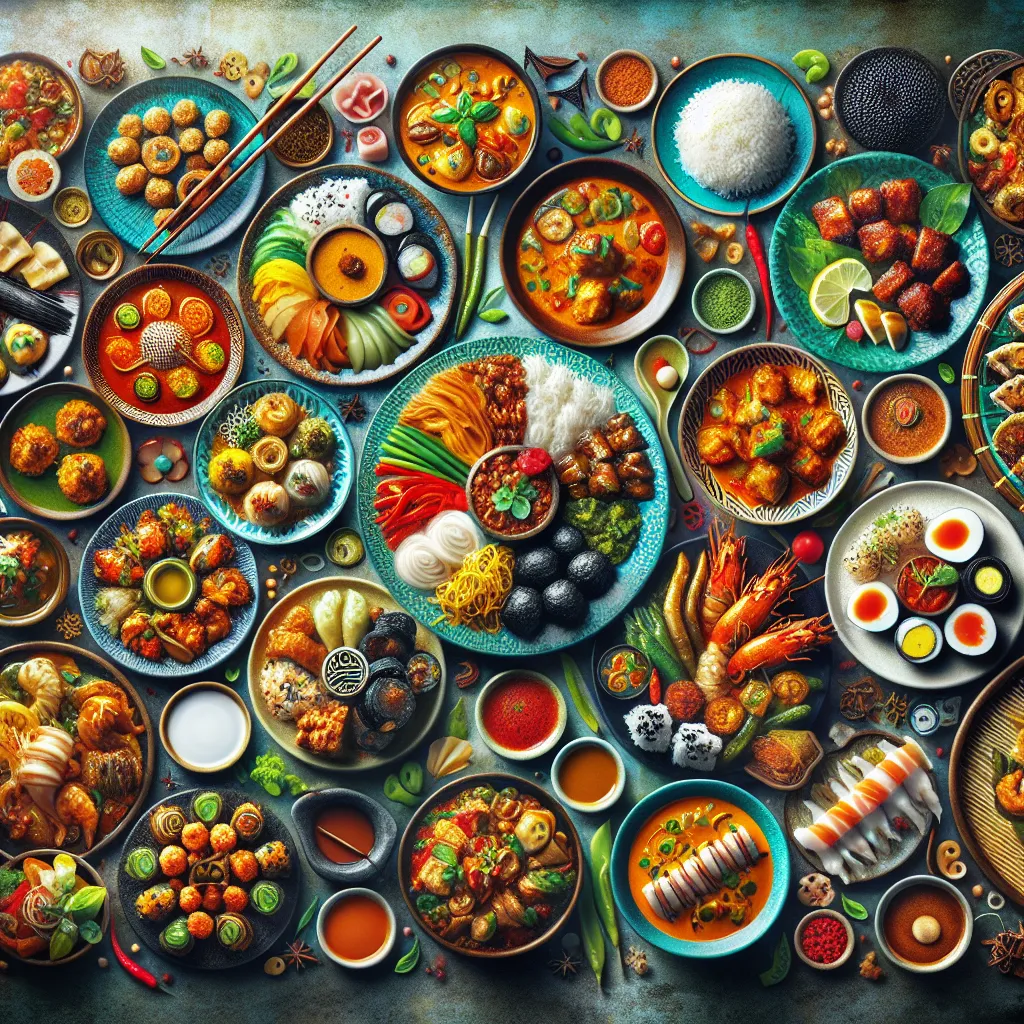Unveiling the Diverse Ingredients in Asian Cooking
When it comes to Asian cuisine, one cannot ignore the vast array of diverse and unique ingredients that play a pivotal role in creating the true flavors of this culinary tradition. From the pungent aroma of fish sauce in Vietnamese dishes to the umami-rich soy sauce commonly used in Japanese cooking, the spectrum of ingredients utilized in Asian culinary practices is nothing short of fascinating.
One of the fundamental components of Asian cooking is the emphasis on fresh and aromatic elements. Fragrant herbs like lemongrass, cilantro, and Thai basil are frequently used in Southeast Asian dishes, infusing them with distinctive and refreshing flavors. Meanwhile, the piquant kick of chili peppers, whether in the form of fresh peppers, dried flakes, or spicy sauces, is a ubiquitous presence in the cuisines of countries like China, Thailand, and Korea.
Moreover, the significance of staple ingredients such as rice, noodles, and various forms of tofu cannot be overlooked. Rice, often considered the cornerstone of Asian meals, is consumed in countless forms, including sticky rice in Thailand, jasmine rice in Vietnam, and sushi rice in Japan. Noodles, on the other hand, take on multiple shapes and textures, from the thin and delicate rice vermicelli to the robust and chewy wheat noodles.
Furthermore, the world of Asian cooking also embraces a rich tapestry of pungent condiments and spices, with shrimp paste, miso, and tamarind being just a few examples. The complexity and depth of Asian cuisine lie in the harmonious blending of these diverse and sometimes contrasting ingredients, resulting in a gastronomic experience that is both bold and nuanced.
Understanding and appreciating these intricate components is key to unlocking the true essence of Asian cuisine, and it is through the exploration and utilization of these diverse ingredients that one can truly embrace the authentic flavors of the East.
Rediscovering the Art of Traditional Asian Cooking Techniques
Exploring the true flavors of Asian cuisine involves not only savoring the delightful dishes but also understanding the traditional cooking techniques that have been passed down through generations. Rediscovering the art of traditional Asian cooking techniques is an essential part of preserving the authenticity and richness of Asian culinary heritage. From the intricate process of hand-pounding spices in a mortar and pestle to the delicate art of folding dumplings, the traditional Asian cooking methods exemplify a deep connection to history and culture.
One of the key aspects of traditional Asian cooking is the emphasis on fresh and seasonal ingredients. This approach not only enhances the flavor profile of the dishes but also reflects the deep-rooted respect for nature and its bounties. Additionally, traditional techniques such as stir-frying, steaming, and braising are carefully executed to maintain the natural textures and flavors of the ingredients, showcasing the finesse and precision involved in Asian culinary practices.
Furthermore, the concept of balance and harmony is paramount in traditional Asian cooking. Whether it’s the contrast of sweet and savory in a Thai curry or the equilibrium of heat and tang in a Sichuan stir-fry, the art of balancing flavors is at the heart of Asian culinary traditions. This aspect not only appeals to the taste buds but also embodies the holistic approach to nourishment and well-being that is deeply ingrained in Asian cultures.
Rediscovering the art of traditional Asian cooking techniques is a journey that unveils the profound wisdom and ingenuity of ancestral culinary practices. It not only allows us to appreciate the immense diversity of Asian cuisine but also encourages a deeper understanding and respect for the culinary heritage of the region.
The Fusion of Culture and Culinary Creativity in Asian Cuisine
Asian cuisine is a rich tapestry of flavors, textures, and aromas that reflect the diverse cultures and culinary traditions of the region. At the heart of Asian cuisine lies a fascinating fusion of culture and culinary creativity, where traditional recipes and cooking techniques are infused with modern influences to create innovative and exciting dishes.
One of the key elements that define the true essence of Asian cuisine is the seamless integration of different cultural influences. The culinary landscape of Asia is shaped by centuries of trade, migration, and cultural exchange, resulting in a melting pot of flavors and ingredients. From the fiery spices of Sichuan cuisine to the delicate balance of flavors in Japanese kaiseki, each dish tells a story of the region it hails from.
Furthermore, Asian cuisine is characterized by its culinary creativity, where chefs are not bound by strict traditions but are encouraged to experiment and push boundaries. This has led to the emergence of fusion cuisine, where traditional recipes are reimagined with modern twists and international influences. For example, the popular Korean-Mexican fusion dish, kimchi quesadillas, seamlessly combines the bold flavors of kimchi with the comforting familiarity of a quesadilla.
Ultimately, the fusion of culture and culinary creativity in Asian cuisine has given rise to a dynamic and ever-evolving food culture that continues to captivate the taste buds of people around the world. It’s a testament to the rich tapestry of Asian culinary traditions and the endless possibilities that arise when different cultures come together through food.




